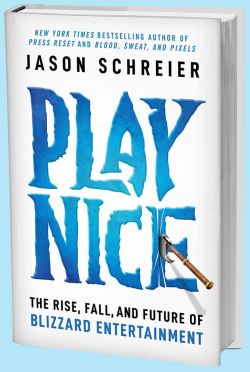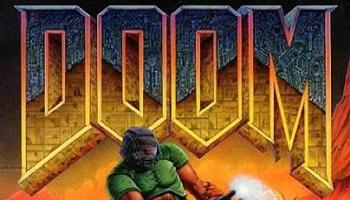
Continuing its momentum from The Game Awards, Larian’s Baldur’s Gate 3 won “Game of the Year” at last night’s DICE Awards. Unsurprisingly, the expansive RPG also won “Role-Playing Game of the Year”, as well as “Outstanding Achievement in Story”, “Outstanding Achievement in Game Design”, and “Outstanding Achievement in Game Direction”.
With five total awards, Baldur’s Gate 3 had a good night, but Spider-Man 2 doesn’t just do whatever a spider can, it also won six statuettes for Insomniac Games. The wallcrawler’s third Sony-published PlayStation outing collected “Action Game of the Year”, “Outstanding Achievement in Original Music Composition”, “Outstanding Achievement in Audio Design”, “Outstanding Achievement in Animation”, “Outstanding Technical Achievement”, and “Outstanding Achievement in Character” for Miles Morales.
More than a dozen other titles also claimed victory at this year’s DICE Awards, including Cocoon (“Outstanding Achievement for an Independent Game”), Diablo IV (“Online Game of the Year”), The Legend of Zelda: Tears of the Kingdom (“Adventure Game of the Year”), and Street Fighter 6 (“Fighting Game of the Year”).
Finally, Nintendo’s Koji Kondo took the stage last night as the latest recipient of the Academy of Interactive Arts & Sciences’s “Hall of Fame” award. It was a fitting tribute to the composer, especially on the same night that Super Mario Bros. Wonder, which he worked on as Sound Director, won the statuette for “Family Game of the Year”.
The 2023-2024 DICE Awards, which were hosted by Kinda Funny’s Greg Miller and IGN’s Stella Chung, was a fantastic showcase for the developers that made 2023 such a great year for games. You can watch the full ceremony, as well as view a list of every winner and nominee, after the break.







 After releasing Blood, Sweat, and Pixels: The Triumphant, Turbulent Stories Behind How Video Games Are Made in 2017 and Press Reset: Ruin and Recovery in the Video Game Industry in 2021, investigative journalist Jason Schreier is getting ready to publish his next deep dive into the development side of video games.
After releasing Blood, Sweat, and Pixels: The Triumphant, Turbulent Stories Behind How Video Games Are Made in 2017 and Press Reset: Ruin and Recovery in the Video Game Industry in 2021, investigative journalist Jason Schreier is getting ready to publish his next deep dive into the development side of video games.
 Justin McElroy, Griffin McElroy, Chris Plante, and Russ Frushtick host The Besties, a podcast where they talk about “the best game of the week” every week.
Justin McElroy, Griffin McElroy, Chris Plante, and Russ Frushtick host The Besties, a podcast where they talk about “the best game of the week” every week.





